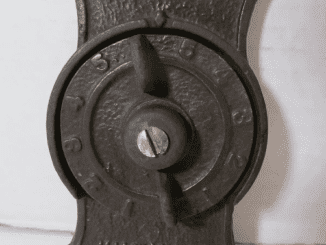Have you ever noticed those small colored squares at the bottom of your toothpaste tube? If you’re like most people, you’ve probably wondered what they mean. Do they indicate the ingredients inside the toothpaste? Do they reveal if it’s made from natural or chemical ingredients? The truth might surprise you. Let’s dive in and uncover the real story behind these colored squares!
The Popular Myth About Colored Squares on Toothpaste Tubes
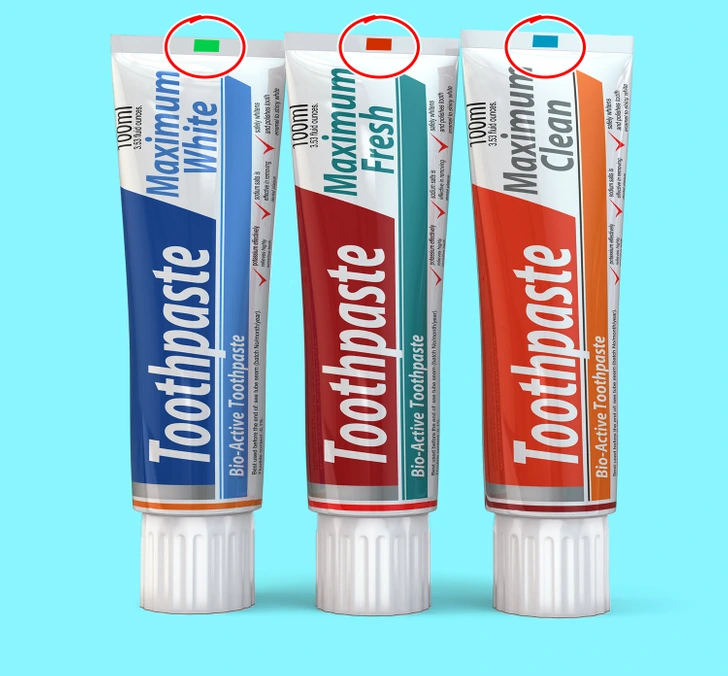
The Rumors Online
If you do a quick search online, you’ll find plenty of theories about the colored squares on toothpaste tubes. Many believe that these squares reveal the composition of the toothpaste. According to this popular myth, each color represents a different type of ingredient:
- Green: All natural ingredients
- Blue: A mix of natural and medicinal ingredients
- Red: A mix of natural and chemical ingredients
- Black: All chemical ingredients
Sounds plausible, right? Unfortunately, this explanation is nothing more than a myth. So, what do these colored squares really mean?
The Real Purpose Behind the Colored Squares
What the Colored Squares Actually Indicate
The truth is much simpler: the colored squares on toothpaste tubes are purely for manufacturing purposes. These colored markings, also known as “eye marks” or “color marks,” help the packaging machinery identify where to cut, fold, and seal the tube during the production process. They have no relation to the ingredients inside the tube.
How the Marking System Works
The colored squares are read by light sensors on the assembly line. These sensors ensure that the tubes are aligned correctly and positioned accurately so that they can be cut and sealed properly. The color of the square is simply chosen based on what will provide the most contrast against the tube’s background color, allowing sensors to detect it more easily.
Why the Myth Persists
The Power of Viral Information
The myth about the squares indicating toothpaste ingredients has gained traction due to its widespread circulation on social media and other online platforms. People tend to share the information because it seems believable and adds a sense of mystery to an everyday object.
The Appeal of Simple Explanations
We naturally love simple explanations that make sense of the world around us. The idea that a simple color code can reveal a product’s ingredients feels convenient and easy to remember. However, like many viral myths, it’s simply not true.
How Toothpaste Ingredients Are Really Communicated
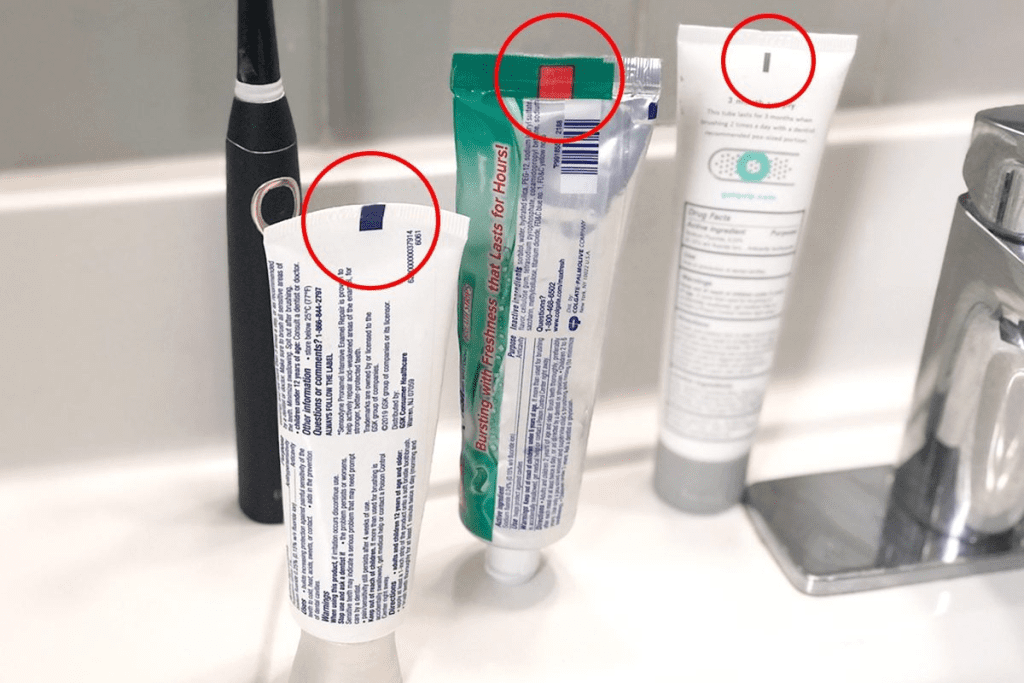
Reading the Ingredient List
If you’re genuinely interested in knowing what’s in your toothpaste, the best place to look is the ingredient list printed on the packaging. Toothpaste manufacturers are required to disclose the ingredients used in their products, which typically include:
- Fluoride: The active ingredient that helps prevent cavities.
- Humectants: Ingredients like glycerin that retain moisture and prevent the toothpaste from drying out.
- Abrasives: Ingredients like silica that help remove plaque and stains from teeth.
- Detergents: Ingredients like sodium lauryl sulfate that create foam and help distribute the toothpaste.
- Flavorings: Ingredients that give toothpaste its taste, such as mint or cinnamon.
- Preservatives: Ingredients that prevent the growth of bacteria and mold inside the tube.
Identifying Natural or Organic Toothpaste
If you’re looking for a toothpaste with natural or organic ingredients, check for certification labels or specific claims on the packaging. Many brands now offer organic or all-natural options and clearly label them to help consumers make informed choices.
The Role of Eye Marks in Other Packaging
Colored Marks in Different Products
The use of colored squares or “eye marks” is not unique to toothpaste tubes. You’ll find similar markings on a variety of packaging, including snack wrappers, chip bags, and other tubes. The purpose is always the same: to assist the machinery in the cutting, folding, and sealing process during mass production.
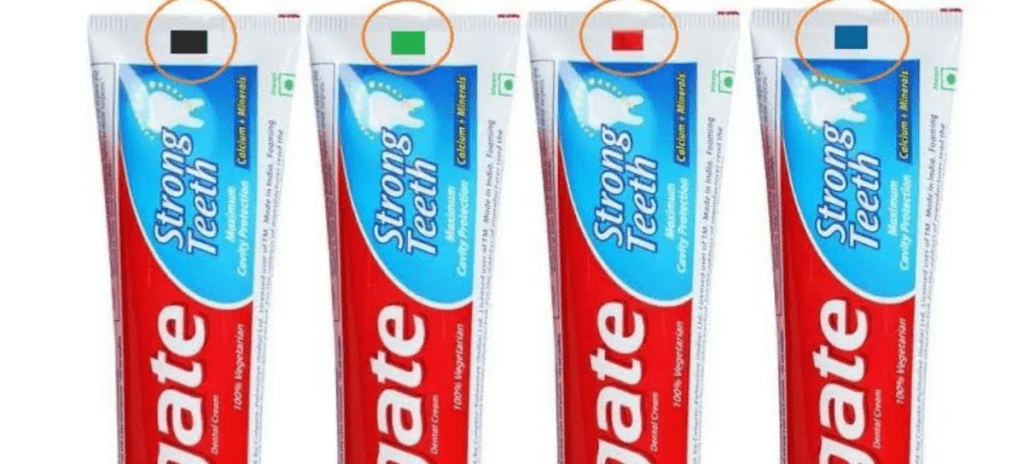
Choosing Colors for Eye Marks
Manufacturers choose the color of the eye mark based on what will be most visible to the sensors. For example, if a toothpaste tube has a white background, the eye mark might be black or dark blue to create a strong contrast. If the tube is a darker color, a white or light-colored eye mark might be used.
Why This Knowledge Matters to Consumers
Debunking Myths for Better Understanding
Understanding the purpose of these colored squares can help consumers focus on more meaningful product information, like ingredient lists and certifications. By debunking the myth, we shift our focus away from misleading theories and towards facts that genuinely impact our health and wellness.
Making Informed Choices About Products
In the age of information, it’s essential to make choices based on accurate details rather than rumors. By understanding how packaging works, consumers can approach their shopping decisions with more knowledge and less confusion.
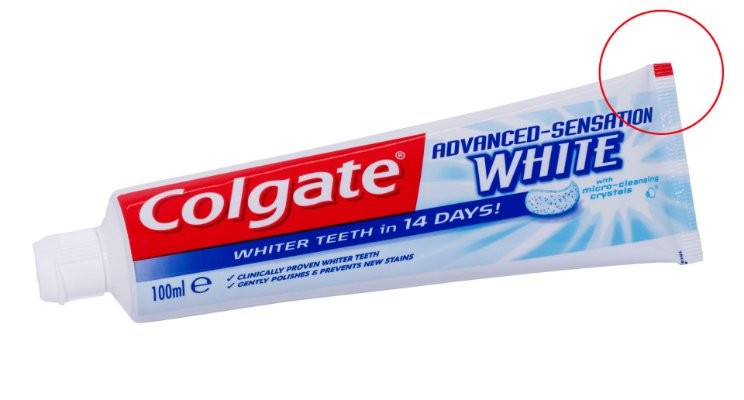
How to Spot Misinformation About Product Labels
1. Verify Before You Share
If you come across claims about product packaging that seem too good (or bad) to be true, take a moment to verify the information with reputable sources. Misinformation spreads quickly online, but a little research can help you separate fact from fiction.
2. Trust Reliable Sources
For health-related information, it’s always best to rely on official sources like the Food and Drug Administration (FDA), dental associations, or scientific journals. These sources offer trustworthy information about product safety, ingredients, and regulations.
3. Focus on What Really Matters
While packaging features like colored squares may seem interesting, they don’t provide any meaningful information about the product itself. Instead, focus on ingredient lists, nutritional information, and any safety certifications that matter to you.
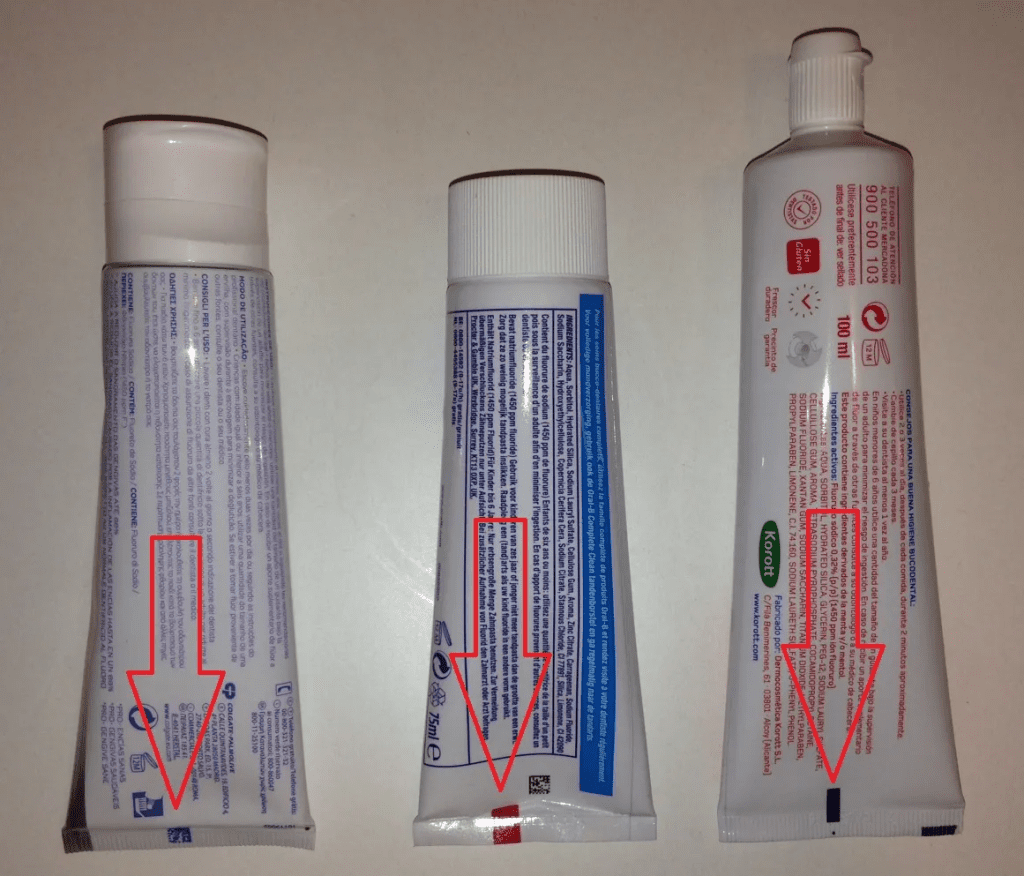
Conclusion: Don’t Judge Toothpaste by Its Square!
The colored squares on toothpaste tubes may have sparked curiosity and speculation, but the truth is far less mysterious than the myths. These marks are simply there to help machines package toothpaste tubes more efficiently. They have nothing to do with the ingredients inside the tube or whether the toothpaste is natural or chemical-based. So, the next time you see a colored square on your toothpaste, remember—it’s just there to guide the machinery, not to send you a hidden message about your toothpaste’s ingredients! Keep your focus on the ingredient list for the real details that matter.

